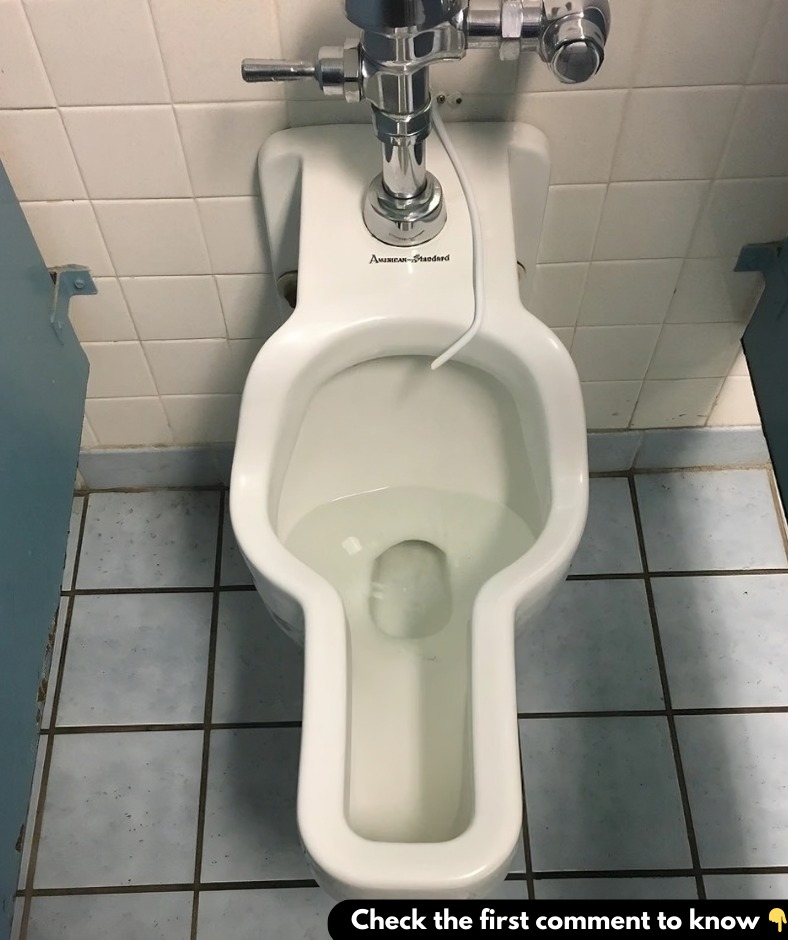Visitors to the Huntsville Space Center were taken aback by the sight of an unusual toilet in the women’s restroom. This distinct fixture, with a design unlike traditional toilets, has sparked curiosity and questions. The answer? It’s a women’s urinal—a forward-thinking innovation aimed at improving hygiene, efficiency, and convenience in public restrooms.
 What Is a Women’s Urinal?
What Is a Women’s Urinal?
Unlike conventional toilets that require sitting, women’s urinals allow for standing or semi-standing use. While urinals have traditionally been associated with men’s restrooms, this design is tailored specifically for women and offers several unique benefits:
- Functionality: Designed for standing or semi-standing use, the urinal’s shape directs flow efficiently, preventing splashes and ensuring cleanliness.
- Hygiene: By eliminating the need to sit, users avoid direct contact with shared surfaces, reducing exposure to germs and bacteria commonly found on public toilet seats.
Though they might appear unconventional, women’s urinals are a practical solution, particularly in high-traffic areas where hygiene and efficiency are paramount.
Why This Design?
The unique shape of a women’s urinal is purpose-built to accommodate a woman’s anatomy while ensuring ease of use and cleanliness. Key features include:
- Extended Front Lip: This elongated section helps position the body naturally for a standing posture.
- Deep Bowl Design: The structure prevents splash-back, keeping the surrounding area dry and sanitary.
- Angled Interior: Strategically designed angles ensure waste flows directly into the drain without requiring the user to bend or sit.
These thoughtful design elements make women’s urinals a functional and hygienic choice for public restrooms.
Advantages of Women’s Urinals
Facilities like the Huntsville Space Center have adopted women’s urinals for several reasons:
- Enhanced Hygiene: Reducing physical contact with toilet seats lowers the risk of germ transmission.
- Shorter Wait Times: The standing design speeds up restroom use, which is especially beneficial in busy public spaces.
- Water Conservation: Women’s urinals often use less water per flush compared to traditional toilets, contributing to eco-friendly restroom solutions.
- Space Efficiency: Compact and quick to use, these fixtures allow restrooms to accommodate more users simultaneously.
Addressing Misconceptions
The concept of women’s urinals is relatively new, leading to questions and misunderstandings. Here are a few common myths debunked:
- “They’re difficult to use”: Women’s urinals are designed with comfort and usability in mind. Most women find them intuitive after a brief adjustment period.
- “They’re unnecessary”: For those who prefer not to sit on public toilet seats, urinals offer a cleaner, more practical alternative.
- “Women won’t use them”: Women’s urinals have been successfully implemented in airports, stadiums, and other busy spaces worldwide. Education and clear signage can encourage adoption.
Why Aren’t Women’s Urinals More Common?
Despite their advantages, women’s urinals remain rare. Here’s why:
- Cultural Norms: Most women are accustomed to traditional toilets, and adopting a new routine can take time.
- Awareness: Many people are simply unfamiliar with the concept of women’s urinals. Proper education and instructions are key to easing this transition.
- Limited Availability: Women’s urinals are still in the experimental phase in many countries, with only select facilities, like the Huntsville Space Center, testing them.
As public interest in innovative restroom solutions grows, these barriers may gradually diminish, paving the way for broader adoption.
The Future of Women’s Urinals
Women’s urinals represent a progressive shift in restroom design. Their hygienic benefits, efficiency, and sustainability make them an attractive option for modern public spaces. As more people learn about their advantages, women’s urinals could become a common feature in high-traffic areas worldwide.
This innovation reflects a broader movement toward designing restrooms that cater to diverse needs while promoting health, convenience, and environmental responsibility.
Conclusion: A Forward-Thinking Solution
The women’s urinals at the Huntsville Space Center have sparked curiosity but also highlight an important step forward in public restroom design. These fixtures reduce germ exposure, save water, and streamline restroom use, making them a practical alternative for busy public spaces.
While still uncommon, women’s urinals represent a small change with significant potential to improve hygiene and efficiency in shared spaces. For those encountering them for the first time, they serve as a reminder that innovative solutions often come in unexpected forms.
